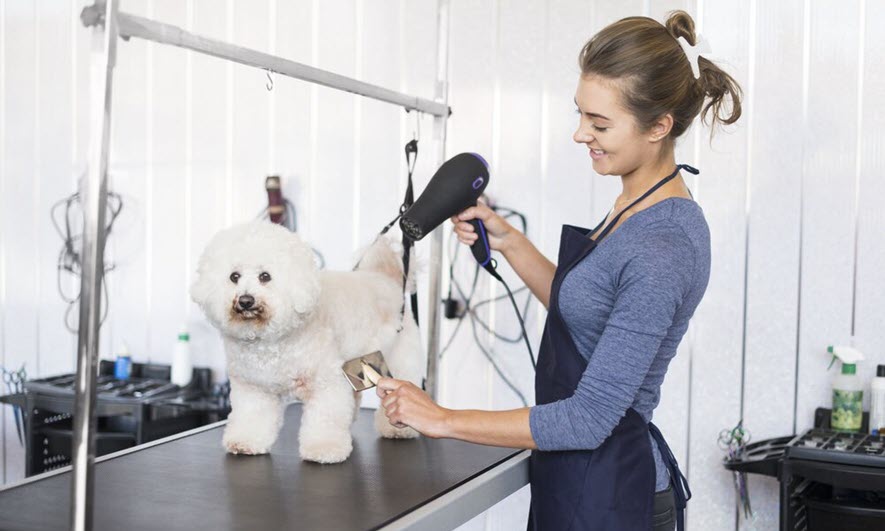Guiding Your Furry Friend: Tips for a Successful Introduction to Grooming
Introducing your pet to the grooming process can be a daunting task, especially if they’re not accustomed to being handled or groomed. However, with patience, positive reinforcement, and gradual acclimation, you can help your pet feel comfortable and confident during grooming sessions. Here are some essential tips for smoothly introducing your pet to the grooming process.
1. Start Early and Go Slow:
The key to successful grooming introduction is to start early and take it slow. Begin by gently handling your pet’s paws, ears, and tail during regular cuddle sessions or playtime. Gradually introduce grooming tools such as brushes and combs, allowing your pet to sniff and investigate them at their own pace.
2. Create Positive Associations:
Make grooming a positive experience for your pet by associating it with treats, praise, and affection. Offer treats and verbal praise during grooming sessions to reinforce good behavior and create a positive association with the grooming process. This will help your pet feel more relaxed and comfortable during grooming sessions.
3. Use Desensitization Techniques:
Desensitization involves gradually exposing your pet to grooming stimuli in a controlled and positive manner. For example, if your pet is nervous around grooming tools, start by placing the tool nearby while offering treats and praise. Gradually increase the proximity of the tool over time until your pet feels comfortable being groomed with it.
4. Practice Handling and Touching:
Get your pet accustomed to being touched and handled all over their body, including sensitive areas such as the ears, paws, and tail. Gently massage and touch these areas during grooming sessions to desensitize your pet and build trust. Use calm, reassuring tones and avoid sudden movements to help your pet feel safe and secure.
5. Gradually Introduce Grooming Tools:
Introduce grooming tools one at a time, starting with the least intimidating tools first. For example, begin with a soft brush or grooming mitt before progressing to a comb or clippers. Allow your pet to sniff and explore each tool before using it, and be sure to reward them for calm behavior.
6. Keep Sessions Short and Positive:
Keep grooming sessions short and positive, especially during the initial introduction phase. Aim for brief, frequent sessions rather than prolonged grooming marathons to prevent overwhelm and keep your pet engaged. End each session on a positive note with treats and praise to reinforce good behavior.
7. Be Patient and Consistent:
Above all, be patient and consistent with your pet during the grooming introduction process. Every pet is unique, and it may take time for them to feel comfortable with grooming. Stay calm, patient, and persistent, and celebrate small victories along the way. With time and positive reinforcement, your pet will become more relaxed and cooperative during grooming sessions.
By following these tips and techniques, you can help your pet feel comfortable and confident during the grooming process. Remember to approach grooming with patience, positivity, and a gentle touch, and your furry friend will soon learn to enjoy their grooming sessions.
Related posts
Recent Posts
- Mastering Thermopiles: Harnessing Heat And Power For Efficiency June 29, 2024
- Efficient Slab Leak Repair Services Near You: The Ultimate Guide June 29, 2024
- Maximize Your Wins with Slot Gacor June 19, 2024
- Things to Consider While Choosing a Gas Barbeque June 18, 2024
- How do we analyze sports games for broadcasting? May 10, 2024
- The Path to a Perfect Smile: Step-by-Step Orthodontic Treatment Phases May 2, 2024
- Navigating The Moving Maze: Your Ultimate Handbook For Selecting The Perfect Moving Partner May 1, 2024
- Top 5 Benefits of Utilizing Accounting Services April 30, 2024
- Gaza88: A Journey Through Time and Space April 26, 2024


